【Home Moistureproof】Home Moistureproof Knowledge
- 1. How to prevent furniture from moisture
- 2. How to prevent clothes from moisture
- 3. How to prevent medicines from moisture
- 4. Making small household dehumidification items
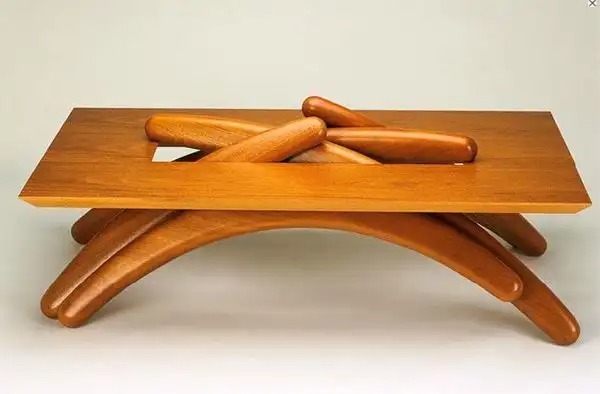
1. How to prevent moisture from entering solid wood furniture: Solid wood furniture undergoes a rigorous drying process before leaving the factory, but this does not mean that moisture protection is not necessary. To deal with water droplets on wooden furniture, you can apply a special wood furniture cleaner on a dry cloth. This type of cleaner can form a protective film on the surface of the wooden furniture, which can prevent moisture from penetrating into the interior of the wooden furniture to a certain extent.
2. Moisture-proof method for leather furniture: For leather furniture, excessive moisture will cause the leather to age quickly. Therefore, if you have leather furniture at home, it is best to apply special maintenance products such as mink oil, sheep oil, leather oil, etc. on the surface after dusting. This will not only soften the leather, but also prevent moisture and mildew.
3. How to prevent rattan furniture from getting damp: Rattan furniture is relatively easy to prevent from getting damp. The advantage of rattan furniture is that it will return to its original shape and size after drying. So when rattan furniture gets damp, just make sure that the weaving shape and gaps are not deformed.
4. Moisture-proof method for metal furniture: Metal furniture should be wiped frequently with a damp cloth and mild detergent, and should be used as little as possible in a humid environment. It should also be waterproof and moisture-proof. If it encounters humid weather, it is best to use a dry rag to clean it.
If we pay attention to the small details in life, we will find that life can actually be very simple and happy. But how much attention do you pay to these small issues? Start paying attention from today, and your life will improve from tomorrow.
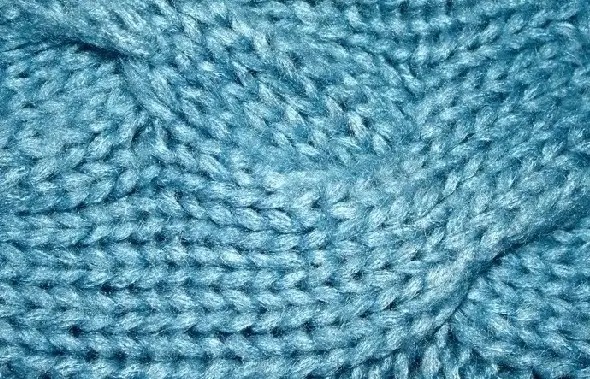
A comfortable home living environment is what everyone aspires to. So, how can we make our home comfortable and make people live happily? How to prevent clothes from moisture? This is a science.
To prevent clothing from getting damp: 1. There are storage techniques. Clothes in your closet shouldn't be piled up in large stacks. It's best to hang them individually to allow them to breathe and prevent them from getting moldy. Moisture-proofing agents should be hung approximately 10 cm above the clothing to allow their active ingredients to fully evaporate and achieve optimal results. Also, during the rainy season, closet doors should be opened as little as possible to prevent moisture-absorbent fabrics like cotton, linen, silk, and wool from getting moldy. On sunny days, closet doors should be opened to allow clothes to breathe.
The second way to prevent clothes from getting damp: wash them thoroughly. The basis of preventing moisture and mildew is to wash clothes thoroughly, especially the collar, cuffs, pocket openings and other parts. If they are not cleaned thoroughly enough, they will become a breeding ground for bacteria, causing mold and hair growth. Some people are in the habit of putting clothes that have been worn once or twice into the closet, thinking that the clothes don't look dirty anyway and don't need to be washed. In fact, such clothes are most prone to mold, and the remaining oil and sweat stains are prone to mites. Therefore, to deal with mildew, the first thing is to do a good job of stain removal and conduct a thorough cleaning. Washed clothes can be dried in a dryer, or blown with an electric fan or hair dryer before hanging them up to dry.
Moisture-Proofing Clothing Part 3: A Complete Guide to Moisture-Proofing Wardrobes—Different Items, Different Tips. For example, fur coats are most vulnerable to moisture during wear and storage, especially the leather itself. This can easily cause mold, rot, and lint to shed. Even the slightest damage can cause the leather to harden. Therefore, if a fur garment gets damp, wipe it off immediately with a dry cloth, place it in a dry, well-ventilated area to air dry, and use a soft brush to smooth out the lint. This will restore the fur garment to its original appearance. Remember to avoid heating or ironing it, as this can cause the leather to shrink, harden, or even crack.
Moisture-proof clothing: Remove mildew spots. For cotton clothing, rub a few mung bean sprouts repeatedly on the mildewed areas. Rinse thoroughly with clean water to remove the mildew. If clothes or sheets have yellowing, apply some milk, dry them in the sun for a few hours, and then wash them again.
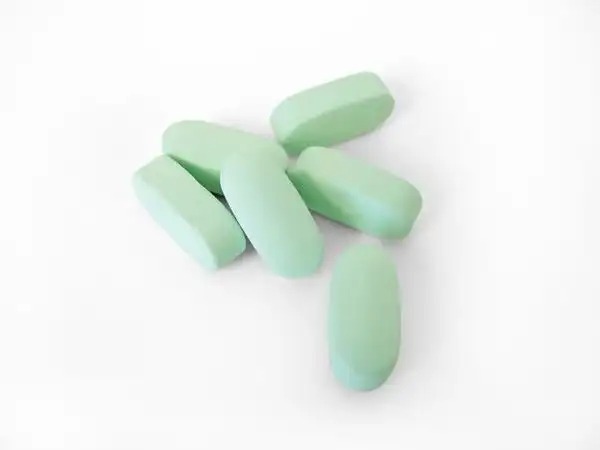
1. Moisture-proof methods for Chinese medicinal materials: Traditional Chinese medicinal materials generally do not have special packaging. If they are not stored properly, they are more likely to become moldy, insect-eaten, discolored, oily, etc., leading to deterioration.
2. Moisture-proofing for granules and powders: These medications, such as the commonly used "Isatis Root Granules" and "Snap-D Granules," are made by adding powdered or extractive ingredients such as sugar to form dry granules (or blocks) for oral administration. These medications are prone to deliquesce and clump in humid environments, and effervescent granules, in particular, should be protected from moisture.
3. Moisture-proofing methods for effervescent tablets: Effervescent tablets, such as vitamin C effervescent tablets, are placed in an appropriate amount of water before use to rapidly disintegrate and dissolve. This dosage form contains solubilizing ingredients that generate gas upon contact with water, causing the effervescent tablet to swell, deform, and rupture. Therefore, the tablet is prone to deliquesce and deterioration, so it should be kept dry.
4. Moisture-Proofing Powders: Powders are powdered preparations made by uniformly mixing one or more drugs, such as the commonly used "Bingpeng Powder," "Milk Powder," and "Daktarin Powder." Because powders have a larger surface area than typical drugs, they are more hygroscopic. When exposed to moisture, these drugs can experience discoloration, caking, reduced efficacy, and microbial growth. Therefore, moisture-proofing is a crucial measure to ensure the quality of powders.
5. After use, the medicine should be restored to its original packaging and kept sealed. At home, it should be stored in covered glass bottles or sealed plastic boxes.
If we pay attention to the small details in life, we will find that life can actually be very simple and happy. But how much attention do you pay to these small issues? Start paying attention from today, and your life will improve from tomorrow.
Dehumidification gadget 1: Homemade laundry detergent dehumidification box
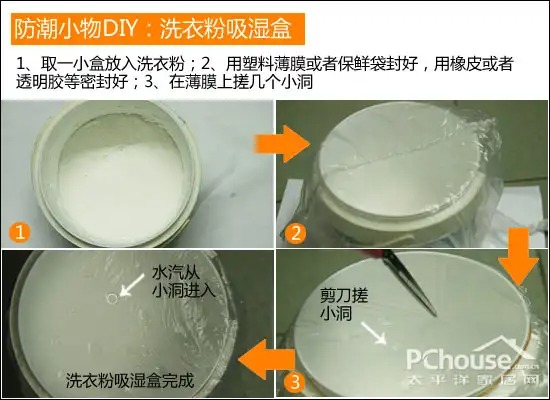
The most common moisture-proof item at home is a dehumidifier. However, using a store-bought dehumidifier in the bathroom might seem impractical. Instead, you can DIY your own. A homemade laundry detergent dehumidifier is a great dehumidifier. Because laundry detergent is a great dehumidifier, open a new box (or pour an old one into an empty dehumidifier), poke a few small holes in the plastic wrap, and place it anywhere you need to dehumidify. Once the detergent has absorbed enough moisture and clumps together, you can use it to wash clothes, eliminating waste.
Dehumidification gadget 2: lime moisture-absorbing bag
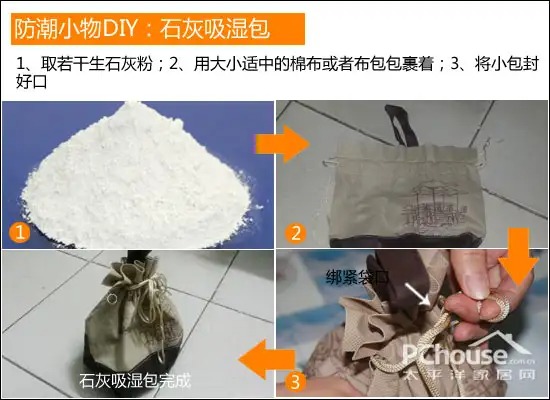
You can also make a homemade lime moisture-absorbing bag in your bathroom to help prevent moisture from forming on your tiles. However, be careful to use quicklime, not construction lime. Take some quicklime powder, wrap it in a cotton or cloth bag of appropriate size, sew the opening, and hang the bag with a string in a damp area.
Dehumidification gadget three: coffee grounds moisture absorbent bag
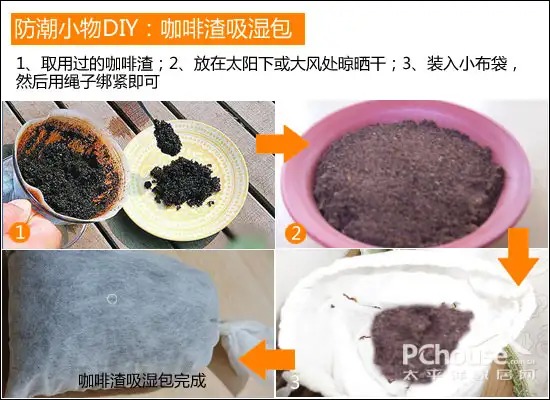
Take the used coffee grounds, dry them in the sun, put them into a small cloth bag, and tie it tightly with a rope. You can hang it on the wall, in a corner, or place it in a cabinet to absorb moisture.
Dehumidification gadget 4: waxing metal sanitary ware
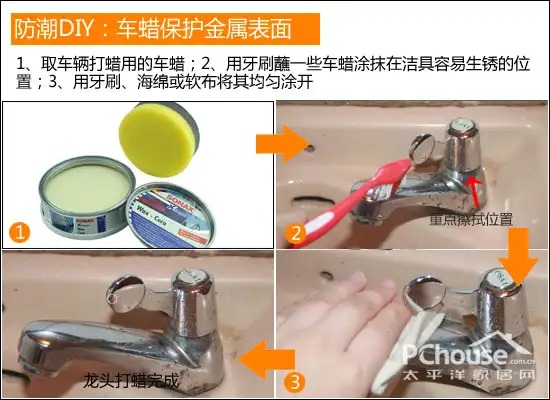
Bathroom hardware and sanitary ware require daily moisture protection. Waxing is a good way to prevent moisture and rust. Take a small amount of car wax and apply it to the surface of the hardware and sanitary ware with a toothbrush or sponge, especially in areas prone to rust, such as movable parts. After evenly applying it, it will act like a moisture-proof protective coat for the sanitary ware, providing a more lubricating effect.
Dehumidification gadget 5: hanging desiccant
Bathroom hardware and sanitary ware require daily moisture protection. Waxing is a great way to prevent moisture and rust. Take a small amount of car wax and apply it to the surface of the hardware, especially areas prone to rust, such as movable parts, using a toothbrush or sponge. Apply evenly. Nowadays, supermarkets offer a wide variety of desiccant options specifically designed for moisture and dehumidification. The most common types are desiccant boxes and dehumidifying bags. Many desiccant boxes come in a variety of scents, such as lemon, lavender, and sweet orange, filling your home with fragrance. They are suitable for large, everyday spaces like living rooms, bedrooms, bathrooms, and kitchens. After a period of use, remove the contents of the desiccant box and purchase bulk desiccant to refill the box for reuse.
Dehumidification small items six: instrument method
Moisture-proofing and dehumidification can also be achieved through technological means, utilizing any dehumidifying appliances in the home to reduce indoor humidity. Nowadays, most household air conditioners have dehumidifiers. However, using air conditioning to adjust indoor humidity is slow, typically taking two to three hours, and can make people feel cold. If you're not satisfied with the air conditioner's dehumidification performance, consider purchasing a dedicated dehumidifier at a supermarket. This is faster, but also consumes more electricity. Furthermore, fan heaters, which are used for heating in winter, can alleviate indoor humidity to some extent. However, due to their limited effective radiation range, they don't offer an immediate dehumidification effect.